
-
Find the right food for your petTake this quiz to see which food may be the best for your furry friend.Find the right food for your petTake this quiz to see which food may be the best for your furry friend.Featured products
 Hill's Science Diet Adult Oral Care Chicken, Brown Rice & Barley Recipe Dog Food
Hill's Science Diet Adult Oral Care Chicken, Brown Rice & Barley Recipe Dog FoodClinically proven kibble technology to reduce plaque & tartar build-up
Shop Now Adult Small & Mini Lamb Meal & Brown Rice Recipe Dog Food
Adult Small & Mini Lamb Meal & Brown Rice Recipe Dog FoodFor the faster metabolism of Small & Mini dogs
Shop Now Adult 7+ Small & Mini Chicken & Brown Rice Recipe Dog Food
Adult 7+ Small & Mini Chicken & Brown Rice Recipe Dog FoodFor the unique nutritional needs of mature Small & Mini dogs
Shop NowFeatured products Hill's Science Diet Adult Sensitive Stomach & Skin Dog Food
Hill's Science Diet Adult Sensitive Stomach & Skin Dog FoodHighly digestible recipe, gentle on stomachs. Nourishes skin & promotes a lustrous coat
Shop Now Adult Urinary Hairball Control Chicken & Rice Recipe Cat Food
Adult Urinary Hairball Control Chicken & Rice Recipe Cat FoodActively supports the health of the whole urinary system
Shop Now Adult Indoor Chicken Recipe Cat Food
Adult Indoor Chicken Recipe Cat FoodSupports energy level and beautiful fur in indoor cats
Shop Now -
Featured articles
 Easy DIY Dog & Cat Toys: Nine of Our Favorites
Easy DIY Dog & Cat Toys: Nine of Our FavoritesBrowse this comprehensive guide for several of our favorite DIY dog and cat toys that are sure to put a little pep in your pet's step.
Read More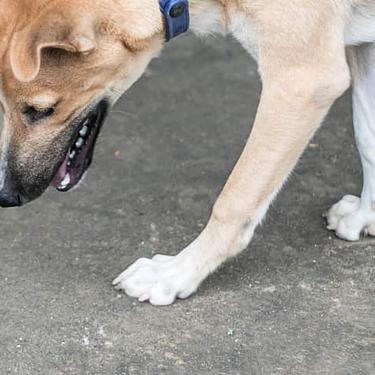 My Pet Ate a Lizard — What Should I Do?
My Pet Ate a Lizard — What Should I Do?Learn what to do if your pet eats a lizard, including whether they can be toxic and symptoms to keep an eye on when they've swallowed one.
Read More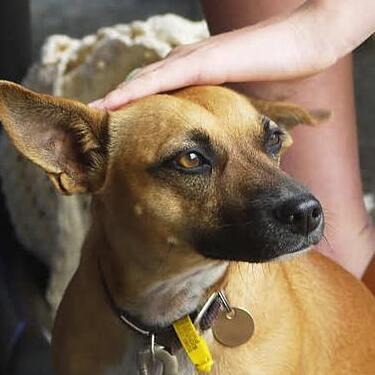 15 Pet-Friendly Cities Ideal for a US Road Trip
15 Pet-Friendly Cities Ideal for a US Road TripCheck out our list of pet-friendly U.S. cities that are excellent travel options, offering off-leash dog parks and pet-friendly restaurants & hotels.
Read More -


Ideally, puppies are socialized early in life by being exposed to as many new experiences as possible before they reach twelve weeks of age. Sometimes, however, you're faced with the task of socializing an older dog. Perhaps you've adopted an older dog that was never properly socialized, or circumstances beyond your control prevented you from being able to properly socialize your young pup. Maybe your adult dog simply needs a refresher course after being away too long from other people and/or pets. Whatever the reason, socializing adult dogs is quite a bit different from socializing puppies.
What is Dog Socialization
Dog socialization is the practice of acclimating your dog to other people and pets to help him better behave in these types of situations. In this process your dog will spend time with new groups of people (including children) or other pets and getting him more and more comfortable being in these types of situations. Spending time immersed in situations that cou
Signs Your Dog Isn't Socialized
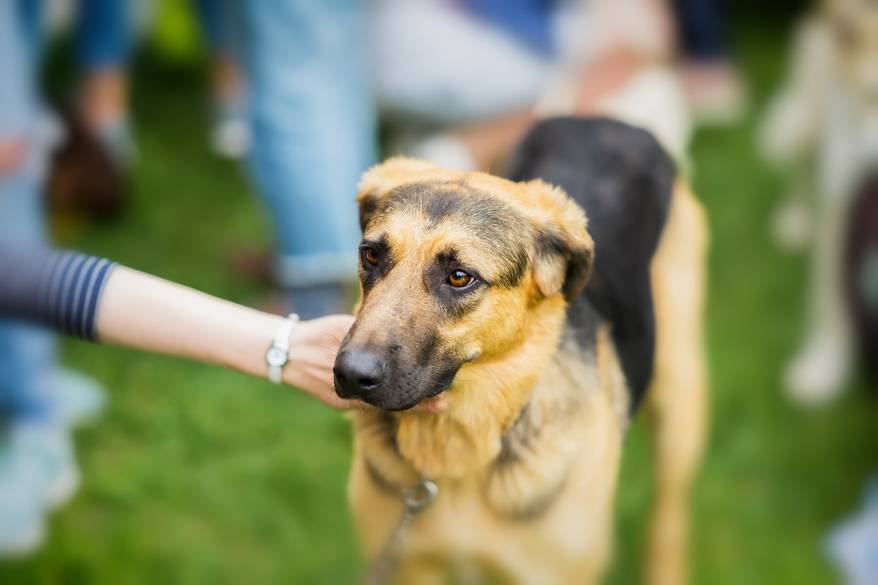
Let's start with what dog socialization is in the first place. It is the practice of acclimating your dog to new people, places and pets in an effort to help him better behave in new and unfamiliar situations. After all, you don't want your dog to jump up on people, nip at children or cower when confronted by a larger dog. Without proper socialization, dogs may become anxious and fearful of anything unfamiliar. This could give rise to serious behavioral problems, such as aggression or nervous behavior. Here are some signs that your older dog needs to be socialized, according to Dogster:
- Is he fearful or aggressive around people or other animals?
- Does he back up or raise his hackles (hair on his back) when you or another person approaches?
- Is he nervous when out on walks?
- Is he shy around other dogs or people?
- Is he overly excitable that can cause anxiety in other pets or people?


Tasty Tips
Socializing Adult Dogs
Socializing puppies is simply a matter of exposing them to as much of the world as possible. When done at the right age, they easily absorb new experiences into their sense of what's normal. Socializing an older dog, on the other hand, can be a different challenge. Depending on the size and breed, some situations have the potential to become dangerous if the dog should respond aggressively to something or someone. Here are some ways to safely go about socializing your adult dog:
- Use a muzzle: Especially with larger breeds, a muzzle may help prevent any unfortunate incidents should your dog become aggressive. Additionally, a muzzle may put yourself and other people at ease around your dog, points out Cesar's Way. Dogs pick up on their humans' moods, so if you and the other people your dog interacts with are calm and relaxed, your dog may be more likely to remain calm and develop positive associations.
- Take him on walks: Going on walks not only expose him to new sights, sounds, smells, strangers and animals, but it will also allow him to burn off nervous energy, which may be calming. Don't tug on his leash or scold him if he barks or responds in an undesirable manner. Instead, distract him with treats or his favorite toy if he begins to act fearful. Sometimes, just turning him and heading in the opposite direction can be enough to help calm him down.
- Work up to taking him to the dog park: A dog park is a great place to acclimate your dog to other dogs and people, but taking him inside right away would be like throwing a new swimmer into the deep end of the pool. Instead, for the first few trips, stick to walking your dog around the perimeter of the park, letting him watch the other dogs from a distance. Gradually work up to letting him approach the fence to sniff and interact with other dogs, and give him a treat whenever he does so in a friendly manner, to increase positive associations. If he reacts fearfully or aggressively, move him away from the fence and work your way back up to approaching it again.
- Introduce friends and family one at a time: With your dog on a leash, have new people approach him slowly, offering him a treat while speaking in a low, calm, encouraging voice. Avoid high-pitched baby talk, which could frighten your dog. Allow strangers to give him treats or his favorite toy, so he can form positive associations with this person. If he pulls back or cowers, don't press the issue as it could make him more anxious, but rather have them try at another time. Choose times when he seems more playful or loving.
- Stay calm and act normal: Whenever your dog becomes frightened and acts up, the worst thing you can do is draw attention to his behavior, which will only reinforce his fear. It's better to ignore your dog's anxious behavior and instead act calm and relaxed, showing him in the process that there's nothing to be afraid of.
The key thing to remember when socializing an older dog is that it takes time and a lot of repetition. Be patient with your dog, and don't be discouraged if his progress is slow. Creating a calm, loving environment for your dog, along with positive associations with each new experience, will go a long way toward dispelling his fear and helping him become a happy, well-balanced dog. And if you ever need more help in learning how to socialize your older dog, speak with a professional trainer or your vet.


Jean Marie Bauhaus is a pet parent, pet blogger, and novelist from Tulsa, Oklahoma, where she usually writes under the supervision of a lapful of fur babies.
Related products

Clinically proven kibble technology to reduce plaque & tartar build-up

For the faster metabolism of Small & Mini dogs

Improves everyday ability to get up & go

For the unique nutritional needs of mature Small & Mini dogs
Related articles
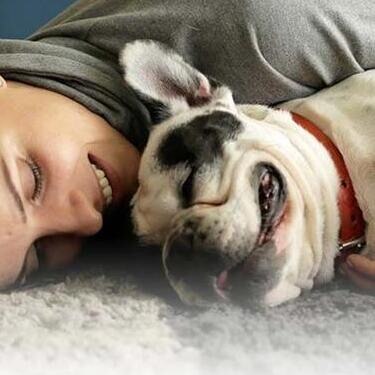
Your dog's coat and skin are a big part of your dog's overall health. Ensure you keep your dog's coat healthy, by following these simple tips.
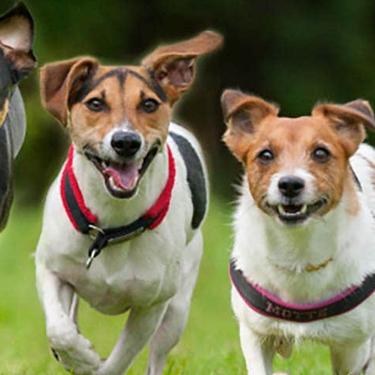
Understand the role that Omega-6 and Omega-3 fatty acids play in your dog's overall health, and how you can ensure they are getting enough.

Learn basic steps & precautions for treating a cut on your dog, including what you can put on the cut, and when you should take them to the vet.

Discover how the field of dog science is giving us more and more insights into the inner workings of our furry best friends.
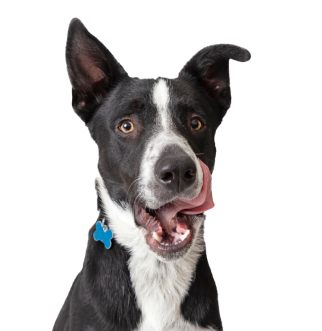
Put your dog on a diet without them knowing
Our low calorie formula helps you control your dog's weight. It's packed with high-quality protein for building lean muscles, and made with purposeful ingredients for a flavorful, nutritious meal. Clinically proven antioxidants, Vitamin C+E, help promote a healthy immune system.
Put your dog on a diet without them knowing
Our low calorie formula helps you control your dog's weight. It's packed with high-quality protein for building lean muscles, and made with purposeful ingredients for a flavorful, nutritious meal. Clinically proven antioxidants, Vitamin C+E, help promote a healthy immune system.

